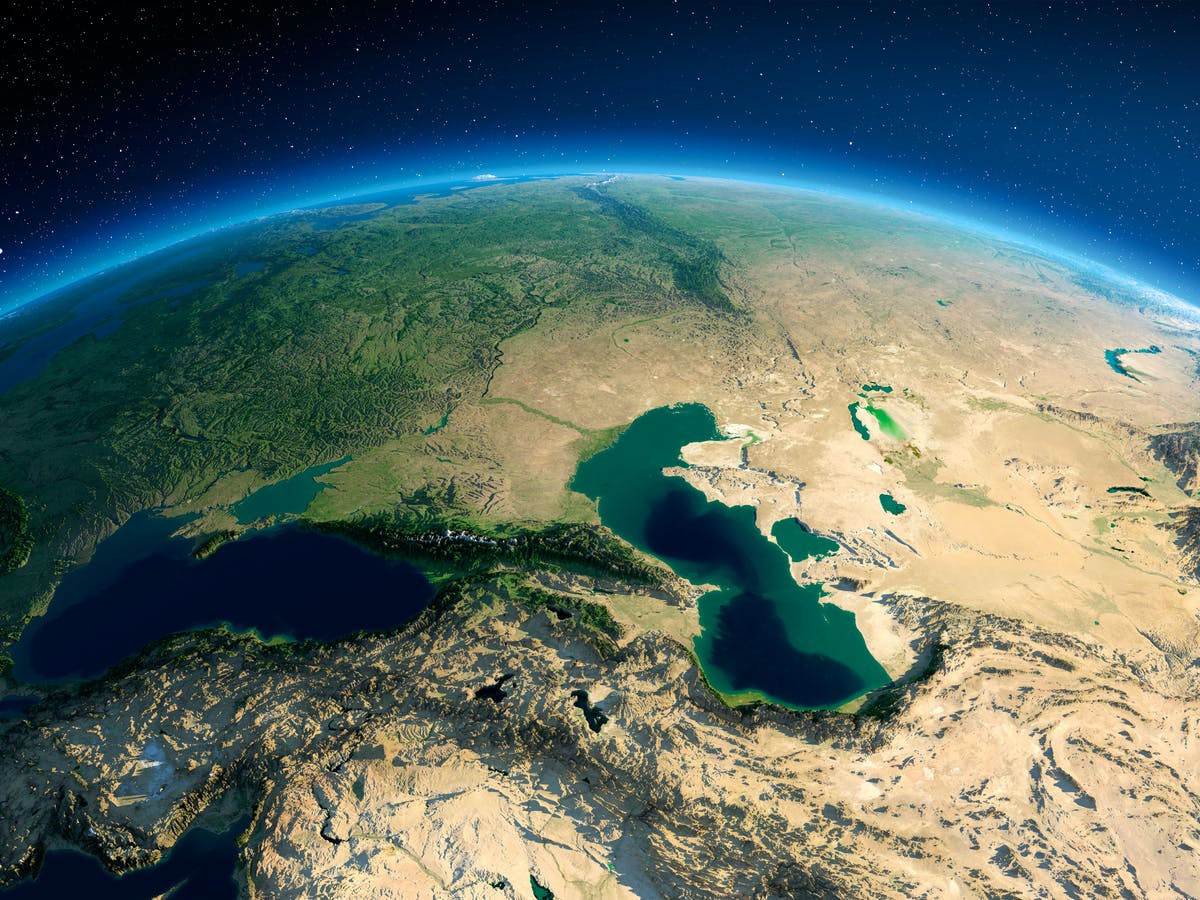Surface water usually flows toward the sea, but sometimes it is held back by a depression or dam and forms a lake. Although most lakes are filled with freshwater, others have high salinity due to a high evaporation rate and accumulation of dissolved mineral salts. A lake is a body of water that is surrounded by land. There are millions of lakes in the world. They are found on every continent and in every kind of environment—in mountains and deserts, on plains, and near seashores. Lakes vary greatly in size.
Lakes form when water collects in large indentations of the earth’s surface called lake basins. Basins form in different ways, like in imprints left by moving glaciers, trenches formed from moving tectonic plates, areas upstream of dams, and abandoned parts of rivers.
types of lakes
glacial lakes, Water in glacial lakes has accumulated in depressions carved out by glaciers and in valleys where moraines (glacial deposits), some of which are 200 m high, have created dams. Most lakes in the northern hemisphere are of this type.

Tectonic lakes, Tectonic lakes occupy natural basins that result from movements of Earth’s crusts along folds and faults. Many are situated below sea level, and some form closed systems with no distributaries.

volcanic lakes, The craters of some volcanoes fill with water. These volcanic lakes may also form in valleys where lava flows hold back water.

Oxbow lakes ,Oxbow lakes sometimes form in the areas around rivers. They are formed in meanders, or oxbows, abandoned by the watercourse. Unless they are regularly fed by new water, they rapidly dry up.

Oasis, An oasis is formed in a desert when the wind erodes the ground and exposes the water table. Oases also appear where a fault line causes water to flow toward a particular point.

Reservoirs, artificial lakes whose waters are usually held in by dams, supply water for human consumption, irrigation, or production of hydroelectric power.

THE LARGEST LAKES
LAKE, AREA, DEPTH, ORIGIN
Caspian Sea, 386,400 km2, 1,025 m, tectonic
Lake Superior, 82,100 km2, 405 m, glacial
Lake Victoria, 69,500 km2, 82 m, tectonic
Lake Huron, 59’800 km2, 228 m, glacial
Lake Michigan, 57,750 km2, 281 m, glacial
Lake Tanganyika, 32,900 km2, 1,436 m, tectonic
Lake Baikal, 31,700 km2, 1,620 m, tectonic
Great Bear Lake, 31,600 km2, 82 m, glacial
Lake Malawi, 29,500 km2, 706 m, tectonic
Great Slave Lake, 28,900 km2, 614 m, glacial


